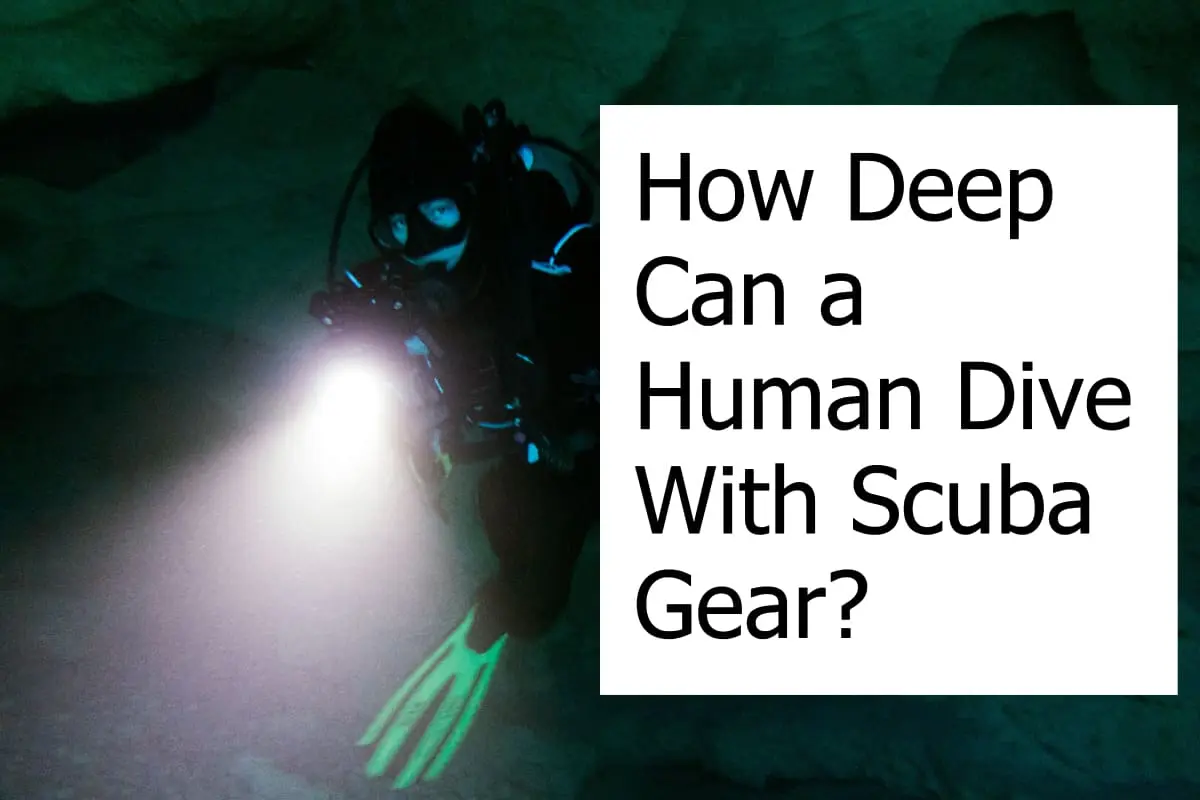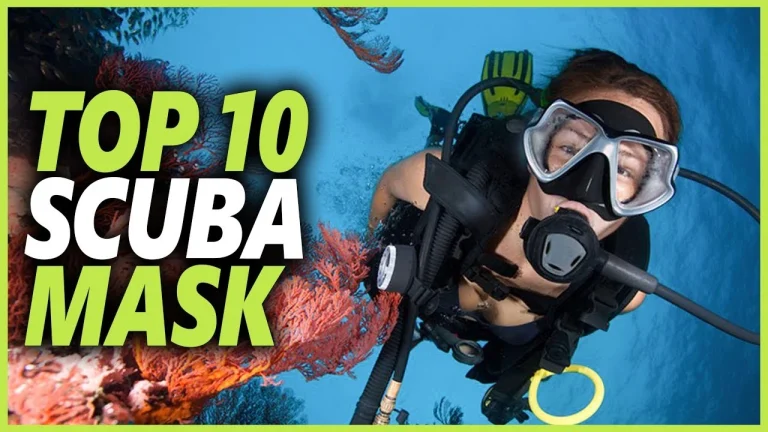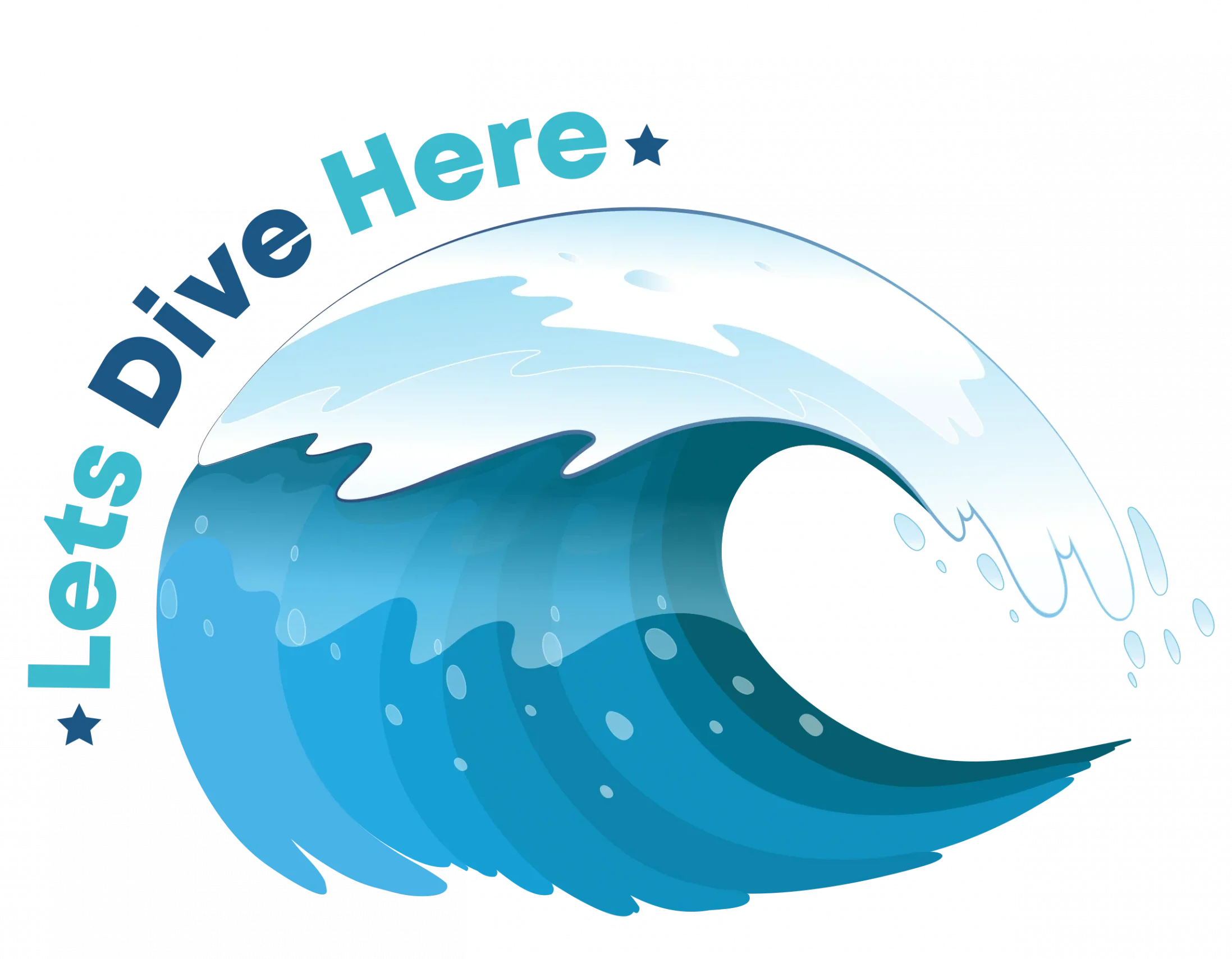Scuba diving is one of the most liked activities in the world. People not only enjoy diving but rather explore hidden treasures and creatures of marine life in deep blue water. Since 1926, People have been searching how scuba diving works or how they can learn to stay in deep water without any problem.
We have gathered all the necessary information for beginners. so that they can learn how this scuba diving activity is done and what sort of certificates are required to become professional scuba divers.
Scuba diving is a popular recreational activity that allows people to explore the underwater world in a safe and controlled manner. It involves using specialized equipment, such as a scuba tank, mask, fins, and regulator, to breathe underwater and move around freely.

Basic Principles of Scuba diving
To understand how scuba diving works, it is helpful to first understand the basic principles of diving and how the body responds to the underwater environment.
When a person dives underwater, the pressure of the water increases as they descend. At a depth of just 10 feet (3 meters), the water pressure is twice that of the surface. This increased pressure affects the gases in the body and can cause some physiological changes.
One of the main effects of increased pressure is the reduction of the volume of gases in the body. This is due to the fact that gases are compressible, meaning that they can be compressed into a smaller volume when subjected to higher pressure. As a result, the volume of gases in the body decreases as the diver descends, which can cause some discomfort.
To compensate for this effect, scuba divers use tanks of compressed gas, such as air or nitrox, to breathe underwater. The tanks are equipped with a regulator, which is a device that reduces the pressure of the gas as it is exhaled and prevents the gas from expanding too rapidly in the lungs.
Regulators
When a diver inhales through the regulator, the pressure of the gas in the tank is reduced to match the ambient pressure of the water. This allows the diver to breathe normally and helps to prevent problems such as lung overexpansion injuries, which can occur when a diver ascends too quickly and the gases in the lungs expand too rapidly.
You can read how Scuba regulators work
Scuba Masks and Fins
In addition to a scuba tank and regulator, scuba divers also use a Scuba Mask to see underwater and fins to swim more efficiently. The mask is a transparent or semi-transparent piece of equipment that covers the eyes and nose, allowing the diver to see clearly underwater. The fins are worn on the feet and provide extra propulsion, allowing the diver to move more easily through the water.
You can choose the best scuba masks here!

Other Scuba diving equipment
Other equipment that may be used in scuba diving includes a wet suit or dry suit, which helps to keep the diver warm and provides some protection against cuts and abrasions; a weight belt, which helps the diver to descend and ascend more easily; and a dive computer, which helps the diver to monitor their depth, time, and gas consumption. Knife to cut down underwater harmful reefs and torchlight to see the underwater creatures more clearly.
Wet Suit
You are surrounded by a thin layer of water when wearing a wet suit because the rubber insulating the suit traps water. You stay warm by heating the water with your body heat. A loose wet suit will leak constantly in cold water (a tight wet suit will not leak). You can wear a short wet suit (covering only your arms and torso) or a long wet suit (covering your entire body).
Dry Suit
There is an air space between the layers of dry suits, so they are made of double-walled materials. Water does not leak in through their necks, wrists, or ankles because they are tightly fitted. Having undergarments with them makes them even warmer since air is a better insulator than water.
Dive Computer
A dive computer is a decompression meter or decompression computer which is used to track real-time information in depth of water. It is a piece of diving equipment that provides a clear visual display and indicates to divers how much time they can stay in the water if the time elapsed it alarms on the screen so the divers may dive out as soon as possible.
Knife
Divers sometimes use dive knives to cut entangled fishing lines or rap on their tanks to get a buddy’s attention. In this category, you will find tools designed to be used underwater that are not knives at all. There is no such thing as a dive knife or dive tool that can be used against aquatic creatures or to deface the underwater environment, and they should never be used this way.
Torchlight
Divers can use dive torches to see underwater in submerged conditions where there is little or no natural light. To assess your progress accurately, and to know when it is time to return to the surface, you need to be able to see your dive instruments. You can see more and have a more rewarding diving experience with dive torches.
Types of Scuba Diving
Most people know about scuba diving. Let’s cut this diving activity into pieces and get to know there are different types of scuba diving, each with its own set of skills and techniques.
Recreational diving
Recreational diving is the most common type of scuba diving and typically involves diving in relatively shallow waters (less than 130 feet or 40 meters) to explore reefs, shipwrecks, and other underwater attractions.
Technical diving
Divers who practice technical diving dive deeper, use more advanced equipment, and follow stricter safety guidelines. Technical diving involves diving to deeper depths, using specialized equipment, and utilizing more stringent safety protocols. A diver may use oxygen and helium mixed gases to extend his or her depth tolerance during technical diving.
Cave diving
The purpose of cave diving is to explore underground cave systems during scuba diving. Specialized training and equipment are required to dive in caves. This is an activity that can be dangerous or challenging. Divers holding advanced certificates may explore caves.
Muck diving
In many dive sites, sediment lies on the bottom, which gave muck diving its name, coined by scuba legend Bob Halstead. There can be sand, silt, coral rubble, dead corals, and many other kinds of natural debris in this sediment. You really should take the time to explore muck diving sites, even if they initially appear desolate and uninspiring.
Muck diving is different from reef diving, where you can enjoy the scenery at your leisure. There is no pretty scenery and you need to pay more attention to what you are doing. In muck dives, you may discover distinguishable features such as fins or eyes by slowly and patiently exploring the sand. Discover a host of bizarre and fascinating marine critters only found in the depths of the ocean by paying attention.
Wreck Diving
Exploring the wreckage of ships, aircraft, and other man-made structures is a recreational, and sometimes technical, an activity known as wreck diving. Non-penetration wreck diving, limited penetration wreck diving, and full penetration wreck diving are the main styles.
Non-penetration
Those with limited wreck diving experience, or those who are nervous about going into a wreck, can benefit from non-penetration wreck diving. A very small wreck or a wreck with fragments, or a wreck that has deteriorated to such a degree that it is not suitable for penetration, may not be suitable for penetration.
Limited penetration
In wreck diving with limited penetration, divers are less likely to be entrapped or entangled. While exploring the wreck, the diver must remain in the natural light zone created by the wreck entry area.
Full penetration
Among wreck diving types, full penetration wreck diving is the most sophisticated and adventurous. As long as the wreck is stable and the diver has the ability and skills to dive the wreck, the diver can go up to any level. In some cases, decompression dives are required for full penetration wreck diving. This is a great way to see personal items and equipment that were left behind on a shipwreck, plus explore different rooms.
Scuba diving effects body?
The amount of air in your body decreases as you descend due to higher water pressure. There is a possibility of sinus pain or an eardrum rupture as a result of this. The air in your lungs expands as you ascend due to a decrease in water pressure. You may have difficulty breathing if your air sacs rupture in your lungs.
Scuba Training and Certificates
To become a certified scuba diver, individuals must complete a training program and pass a series of tests to demonstrate their knowledge and skills. Scuba diving training programs are typically offered by dive schools or instructors who are certified by a recognized diving agency, such as PADI (Professional Association of Diving Instructors) or SSI (Scuba Schools International).
Scuba diving training typically involves both classroom and in-water instruction and may include topics such as dive planning, dive equipment, dive physics and physiology, dive skills, dive places, etc.
FAQS
Final Thoughts
Scuba diving is all time fun activity, staying underwater and exploring underwater creatures always gives immense pleasure. Anyhow, it requires proper information and training before diving as it may be a very dangerous and life threatening activity for the ones who do not know how scuba diving works. We believe after reading this article you must have acquired useful information. Please, share your feedback. it means a lot to us! Thank you for reading and staying with Lets Dive Here.
